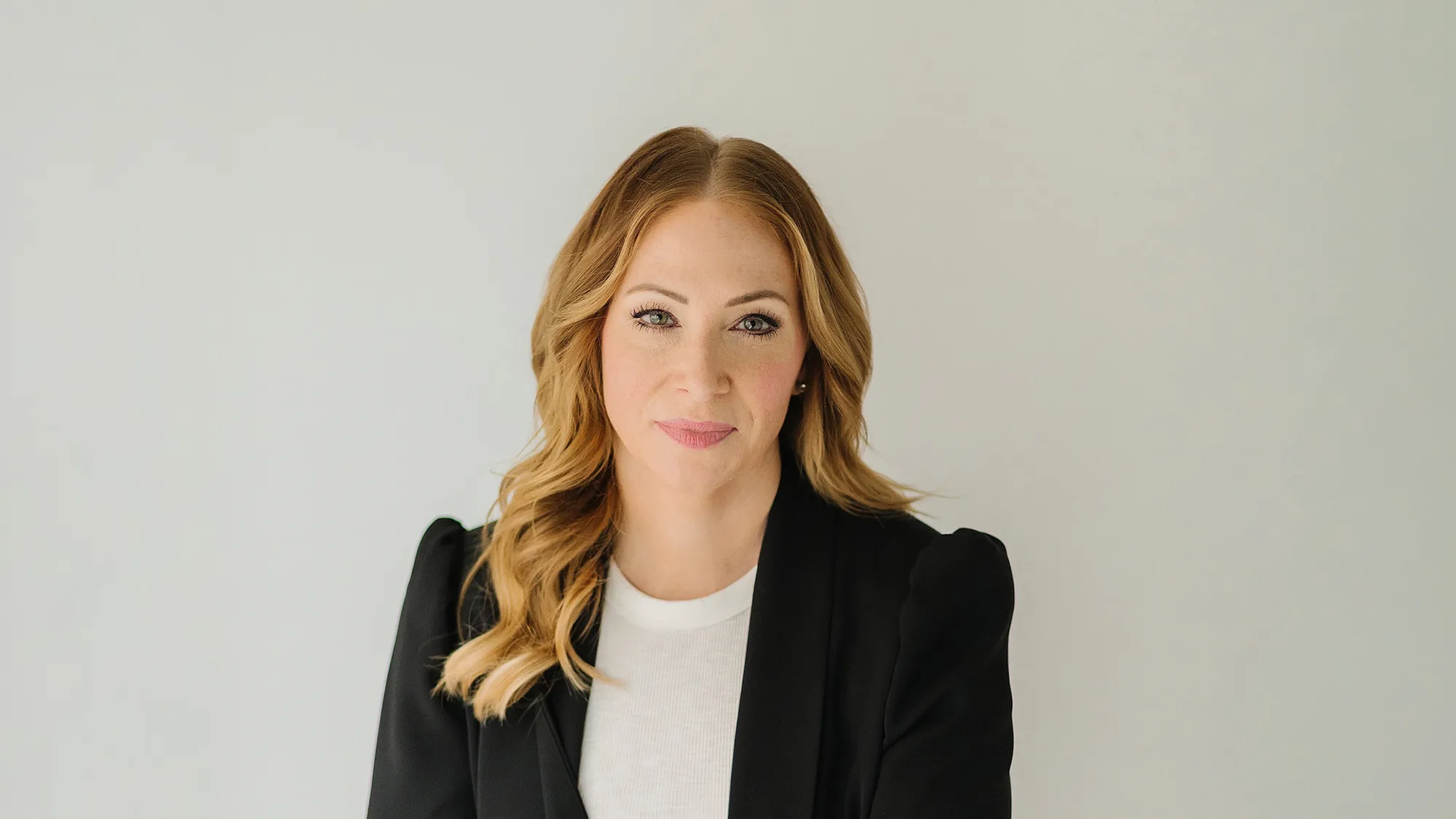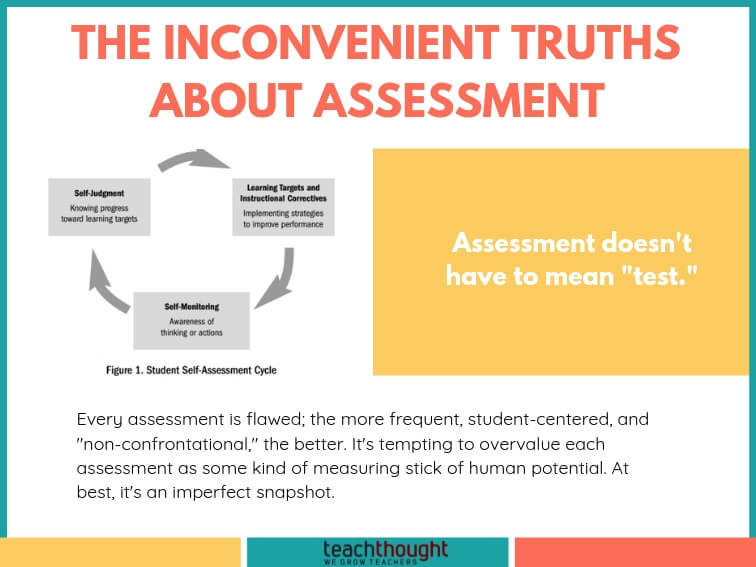
Teachers and administrators know that reading scores are in the news across the United States, with 2022 NAEP results showing significant declines in student proficiency since 2019. Many variables contribute to this crisis: the disruptions of pandemic learning, inequitable educational systems that leave certain students behind, and a heated debate—dubbed “the reading wars”—regarding the best pedagogical approach, the most efficacious quantity of phonics instruction.
Amid all of this, it can be hard for school leaders to know how best to proceed. Faced with classrooms comprising readers at myriad levels—often several grades apart in the same room—how can principals best support teachers in differentiating? How can they orchestrate school-wide interventions that support students’ growth and success as readers and communicators, and build the skills that are foundational for success in career and life?
To better understand the nuances of this leadership challenge, I spoke with Nicole Ey, principal of Ellenville Elementary School in New York State and a 2022 NAESP National Distinguished Principal, about her school’s approach to closing gaps in reading scores across elementary grade levels.
BRITTANY COLLINS: Literacy instruction is one of your passions. How was that impacted by the pandemic?
NICOLE EY: When we got back from the Covid lockdown, we knew our students were behind in literacy and math, but they needed an SEL focus even more, so we shifted gears for a year to focus on their social and emotional needs. This has been the first year since the start of Covid that we are able to fully focus on academics. We still continue our biweekly SEL push-in lesson. We are moving in a direction of getting our kids on grade level for reading, but it’s a hurdle. And this year, we started a full-day pre-K with 36 students—that’s huge for us, because that’s 36 out of about 85 kids who will be kindergartners next year. We already have them, and they’ll have an understanding of the routine of school.
So now I’m a pre-K to 6 building with just over 700 kids—the only elementary building in the district—and many kids coming in aren’t being exposed to literacy and books in the home. Our teachers are working—I wouldn’t say harder than ever, because they work hard every year—but in the last couple of years, they’re working different. They’re seeing more kids not on grade level, so small-group differentiation really has to happen. They might have a kid in a fifth-grade classroom, for example, at a first-grade reading level, and another at a third-grade reading level.
The teachers have never seen the span being so wide. Even in upper grades, they have to go back to teaching phonics, fluency, “long O” and “short O”—not just comprehension. But they still have to teach the curriculum, the grade-level standards. It’s a mindset change: How do we find the time to prep for all of that?
COLLINS: How do you?
EY: Specialists are here three days a week and push into the classrooms. Teachers can sign up to have the specialists.
We also did training on the science of reading, and we have installed a brand-new reading program in the last couple of years, to raise the bar. Classes are whole-group for about 15 minutes, and then it’s all differentiation: Some students are in groups doing book studies, some are doing an extension of the lesson, and others are pulled to work in small groups on target instruction.
We built in an academic intervention and enrichment block during the day, so for 40 minutes every day, the kids are getting extra instruction from their classroom teacher.
COLLINS: What has been your role in that work?
EY: My role lies in supporting my teams of administrators, teachers, and counselors in carrying out their work on the ground—logistical support like providing space, time, and resources for professional development and collaborative planning. I also advocate for funding of curricular resources and training, and facilitate team discussions and collaboration across groups of stakeholders. Basically, I keep the ship afloat and make sure we’re all rowing in the same direction.
COLLINS: There’s been a lot of controversy around the best approach to teaching reading. How do you navigate that and support differentiation?
EY: I don’t think you can pick the best program, because I will tell you right now: There’s no one-size-fits-all program. I could have picked the “best” program that everybody thinks is going to get students to read, and I would still have a hundred students that would not be successful because that’s not the right prescription for them. Some might be heavy in the phonics, some might not have any phonics, etc.
The nice thing about the program we chose is the digital platform. You have access to every material in every grade level. If you teach fifth grade, you have access to the fifth-grade curriculum and the first-grade curriculum if you need that for differentiation. We continue to give the Fountas and Pinnell benchmarking three times a year. This data helps us figure out what phonics, fluency, and comprehension skills students need, and then teachers are able to target those areas during small-group instruction.
COLLINS: What advice do you have for leaders also focusing on literacy improvement?
EY: Make sure that whatever you’re going to roll out, whatever you’re going to do, see it through. Give it a couple of years. This will be our third year with our new reading program and initiatives, and we have seen increases. I build on those small increments. I don’t care if it’s a 1 percent increase that I see on a state test next year—that is an increase. Something’s happening, and it’s positive.
There is no-one-size-fits-all for every building, child, or teacher. You have to give your staff multiple toolboxes, filled to the brim. And give yourself grace. This takes time–we’re not getting out of this hole tomorrow. I keep telling my superintendent this is a three- to five-year fix, and we’re on year three. A program is not going to fix your problem; you have to have multiple things, and stay current and read—be on the forefront. Most of all, know your students.
COLLINS: How are you supporting teacher morale while working to improve student performance?
EY: I’m as real as possible with them. I tell them I’m not going to sugarcoat anything. Their scores are tied to state scores. My scores are tied to state scores. I don’t really care about that—I want our students to be able to read.
The reality is, we might not like all the initiatives that are coming out, but we have to do them—they’re mandatory. And the teachers understand that. But it is a lot on our teachers today. I’m all day with the staff, and I’m feeling their burnout and pressure. I’m trying to relieve it, to keep school culture up.
Celebrating the staff is really the biggest thing. Those small things in the staff room that you leave, that say, “I see you, I hear you.” The sticky notes on the desks when you walk around the school. The games that build staff morale. They sure do like a friendly competition, especially when prizes are involved.
You can do one of those things each week with your staff, or at faculty meetings. We have one grade level meeting a month, and we have every grade level or department sign up to bring food.
I do monthly coffee and conversation for the staff. We don’t really talk about school—we talk about everything else that they want to talk about, vacations and shopping and concerts. Nothing is mandatory.
It’s these little things that go a long way.
COLLINS: How are you taking care of yourself in this work?
EY: I always want to help everybody else, but at the end of last year, my burnout was real. I took a step back, and the biggest thing for me this year was that I took my email off of my phone. I had become obsessed with it—I could check it 24/7, in the bathtub, at a red light. I was always working.
So I took it off, and that was huge for me. If it’s important, someone will text or call me—if it’s an email, it can wait. When you get 100-plus emails a day, it’s hard to keep up. Taking care of yourself is about balance and finding the little things that make you happy.
This interview has been edited for brevity, clarity, and flow.



